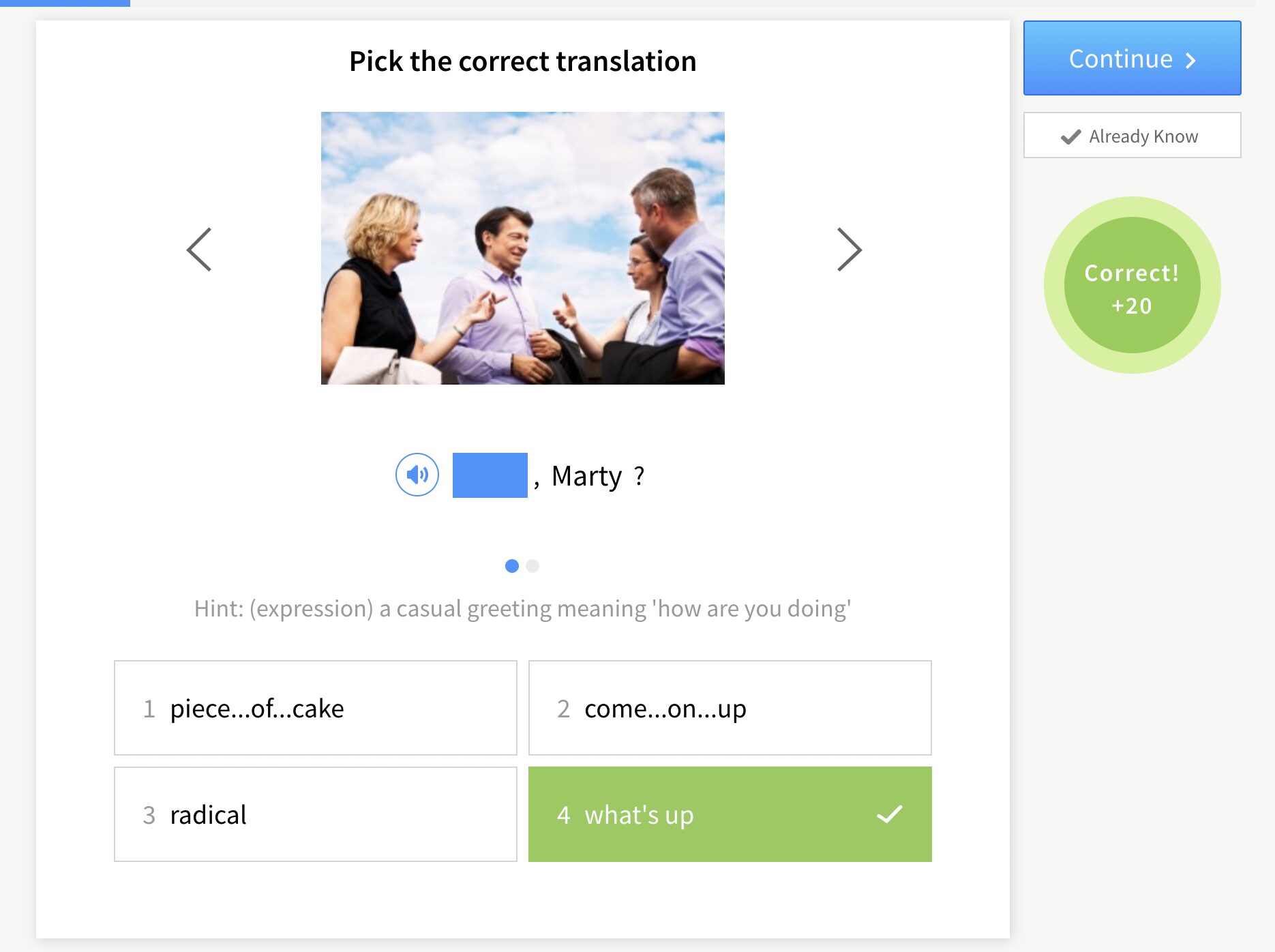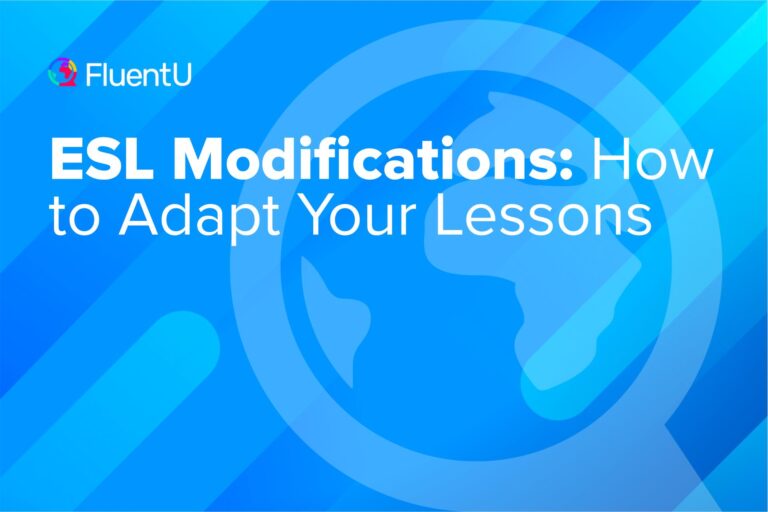Contents
- What’s a Gerund?
- What’s an Infinitive?
- When Do Students Get Confused?
- Activities to Teach Gerunds and Infinitives
- 1. Showing when gerunds and infinitives are interchangeable
- 2. Introduce gerunds with the progressive tense
- 3. Have students identify gerunds, infinitives and progressive tense
- 4. Have students correct errors in sentences
- 5. Have students write sentences using gerunds and infinitives
- 6. Utilize this great online resource
- And One More Thing…
How to Teach Gerunds and Infinitives to ESL Students

Throughout my years of teaching ESL, I have seen many students struggle with gerunds.
As teachers, we must clearly define the gerunds and infinitives, provide simple examples for the students to see and correct the confusion between the two grammatical terms.
It’s not that easy, so let’s talk a little bit about how to teach gerunds and infinitives in the clearest way possible.
Download: This blog post is available as a convenient and portable PDF that you can take anywhere. Click here to get a copy. (Download)
What’s a Gerund?
A gerund is a verb ending in –ing that is used as a noun, either as a subject, object or complement.
This definition may seem straightforward to those of us who are native English speakers with an understanding of grammar. It’s not as clear to everyone else.
ESL students need to understand the basic idea that a gerund is an action being used as a thing or idea. When they see a gerund as an activity (a non-physical object), they begin to see the difference between the word as a verb and a noun.
Examples:
Reading helps students learn English. (Gerund as a subject.)
He enjoys reading for English class. (Gerund as an object.)
Her hobbies include reading. (Gerund as a complement.)
What’s an Infinitive?
An infinitive is a verb preceded by “to” that is used as a subject, object or complement of a sentence.
Again, this is a straightforward definition for those of us with an understanding of grammar, but you can probably already see the potential for confusion in the classroom.
Examples:
To travel is exciting. (Infinitive as a subject.)
Henry wants to study English. (Infinitive as an object.)
He wants a better job to earn more money. (Infinitive as a complement.)
When Do Students Get Confused?
When introduced to this definition for an infinitive, ESL students get confused. They now have two forms of a verb that serve the same purpose in a sentence.
It’s easier to explain to an ESL class that gerunds sound more natural than infinitives when used as subjects or complements of a sentence. This explanation will get students to only use gerunds as subjects and complements, but it will decrease the number of mistakes and awkward sentences. Show students sentences that sound clearer with the gerund as opposed to the infinitive.
When it comes to objects of sentences, teachers must review verbs that are followed by gerunds—such as keep and dislike—and those that are followed by infinitives—such as need and want—as well as those that are interchangeable.
Now, we’re going to explore some effective in-class exercises that will make these distinctions clearer than ever for your students.
Activities to Teach Gerunds and Infinitives
1. Showing when gerunds and infinitives are interchangeable
Students will have a difficult time remembering which verbs are followed by a gerund and which are followed by an infinitive. It’s especially important for lower-level students to have a list of such verbs.
However, just reading through a list won’t help students remember the verbs. It’s more effective to have the students write their own lists. The physical practice of writing will reinforce the lesson.
The teacher can write a list of verbs on the board and have students try to put them in categories for either gerunds or infinitives. Alternatively, the teacher can hand out a list of common verbs for students to create their own categories.
2. Introduce gerunds with the progressive tense
Part of the confusion for ESL students is that the –ing form of the verb implies the progressive tense. Some teachers neglect to include a review of the progressive tense when introducing gerunds in class.
Students need to see the placement of the words in a sentence to grasp the concept of gerunds and progressive tense verbs. After reviewing the progressive verb tense, provide the class with example sentences that use both the verb tense and gerunds. Point out where the gerund is and where the verb is.
Example:
Larry was planning on hiking yesterday.
In this example, students should be able to identify the verb, but may have more difficulty with the gerund. The teacher should emphasize the preposition that precedes the gerund.
3. Have students identify gerunds, infinitives and progressive tense
To reinforce the differences between the gerunds, infinitives and progressive verb tenses, teachers need to provide an opportunity for students to identify each in sentences.
For more advanced levels of ESL, this should be a simple, brief exercise that can be written on the board with the entire class participating. With lower levels, it’s better to have a handout with at least 10 example sentences. Every student can work on their own to start, and then you’ll come together to review answers as a class.
If you want to use videos for these lessons, the wide variety of video content geared specifically towards language learners on the language learning platform FluentU could be useful. Students are able to see dual-language interactive subtitles for a range of authentic English videos, meaning they can see gerunds, infinitives and the progressive tense in action.
4. Have students correct errors in sentences
If students are able to identify the gerund, infinitive and progressive tense in a sentence, they should also be able to identify and correct mistakes. The teacher can write a few example sentences on the board or provide worksheets in which these grammar points are used incorrectly.
Example:
Lisa walking to the store to buying some groceries.
Students should identify two mistakes in this sentence: one involving the progressive tense of the verb and the other involving what should be an infinitive. The majority of your examples in class should focus on the gerund and/or infinitive.
5. Have students write sentences using gerunds and infinitives
After students have shown that they can identify the gerund, infinitive, progressive tense and related mistakes, have them write their own sentences. Provide a few verbs and tell the students to use each one as an infinitive or gerund in different ways (i.e. a gerund as a subject, an infinitive as a complement, etc.).
After students have completed the exercise, the teacher can ask for volunteers to write sentences on the board for the class to review and, in some cases, correct.
6. Utilize this great online resource
One of the best resources for students to practice gerunds and infinitives is EnglishPage.com. This site has exercises that can be graded online as well as thorough explanations.
Teachers can tell students to use this resource on their own or use it in place of worksheets in class, assuming the classroom is equipped with computers.
Now you know how to teach gerunds and infinitives, you can make this challenging topic less confusing for ESL students.
As the students progress through the years, these lessons will serve as reminders of how they can perfect their English writing and speech.
Download: This blog post is available as a convenient and portable PDF that you can take anywhere. Click here to get a copy. (Download)
And One More Thing…
If you’re like me and prefer learning English on your own time, from the comfort of your smart device, I’ve got something you’ll love.
With FluentU’s Chrome Extension, you can turn any YouTube or Netflix video with subtitles into an interactive language lesson. That means you can learn from real-world content, just as native English speakers actually speak.
You can even import your favorite YouTube videos into your FluentU account. If you’re not sure where to start, check out our curated library of videos that are handpicked for beginners and intermediate learners, as you can see here:
FluentU brings native English videos within reach. With interactive captions, you can hover over any word to see an image, definition, and pronunciation.
Just click on the word to see other example sentences and videos where the word is used in different contexts. Plus, you can add it to your flashcards! For example, if I tap on the word "viral," this is what pops up:
Want to make sure you really remember what you've learned? We’ve got you covered. Practice and reinforce the vocab from each video with learn mode. Swipe to see more examples of the word you’re learning, and play mini-games with our dynamic flashcards.
The best part? FluentU tracks everything you’re learning and uses that to create a personalized experience just for you. You’ll get extra practice with tricky words and even be reminded when it’s time to review—so nothing slips through the cracks.
Start using the FluentU website on your computer or tablet or, better yet, download our from the App Store or Google Play.
Click here to take advantage of our current sale! (Expires at the end of this month.)













